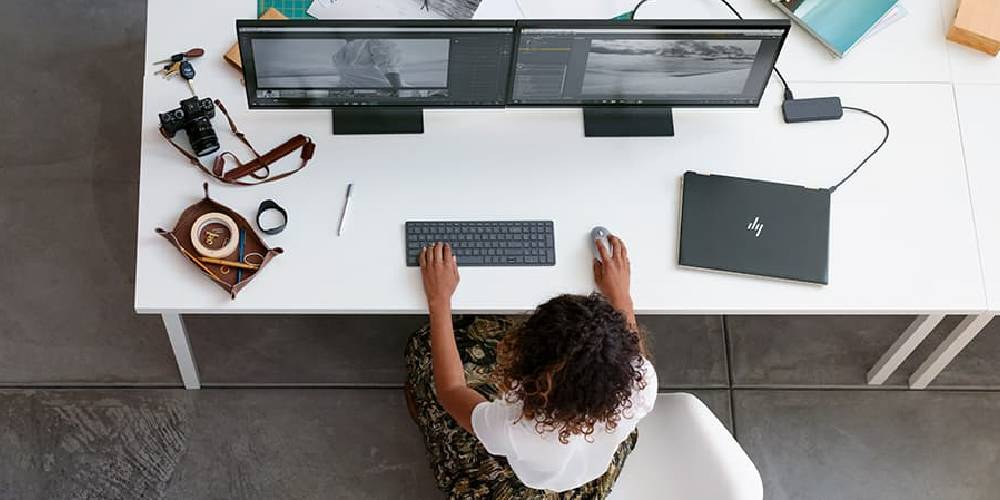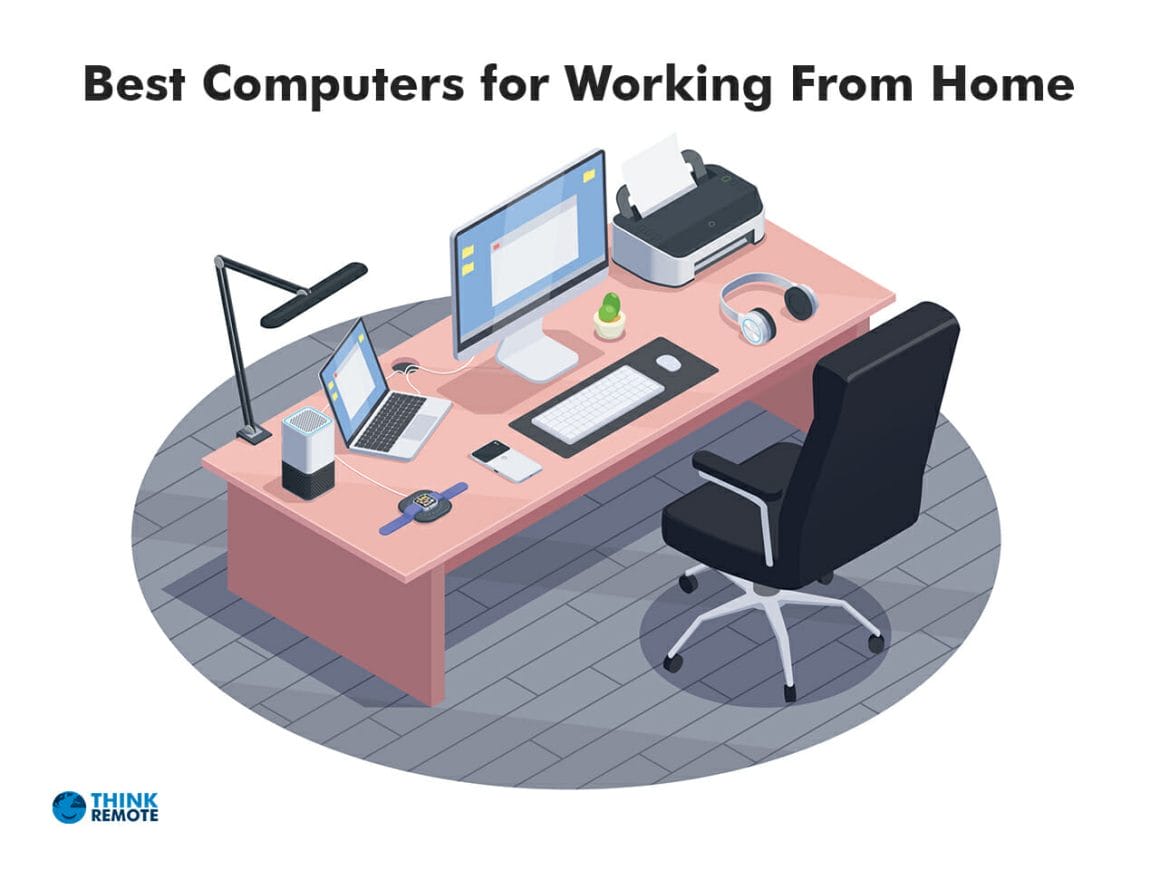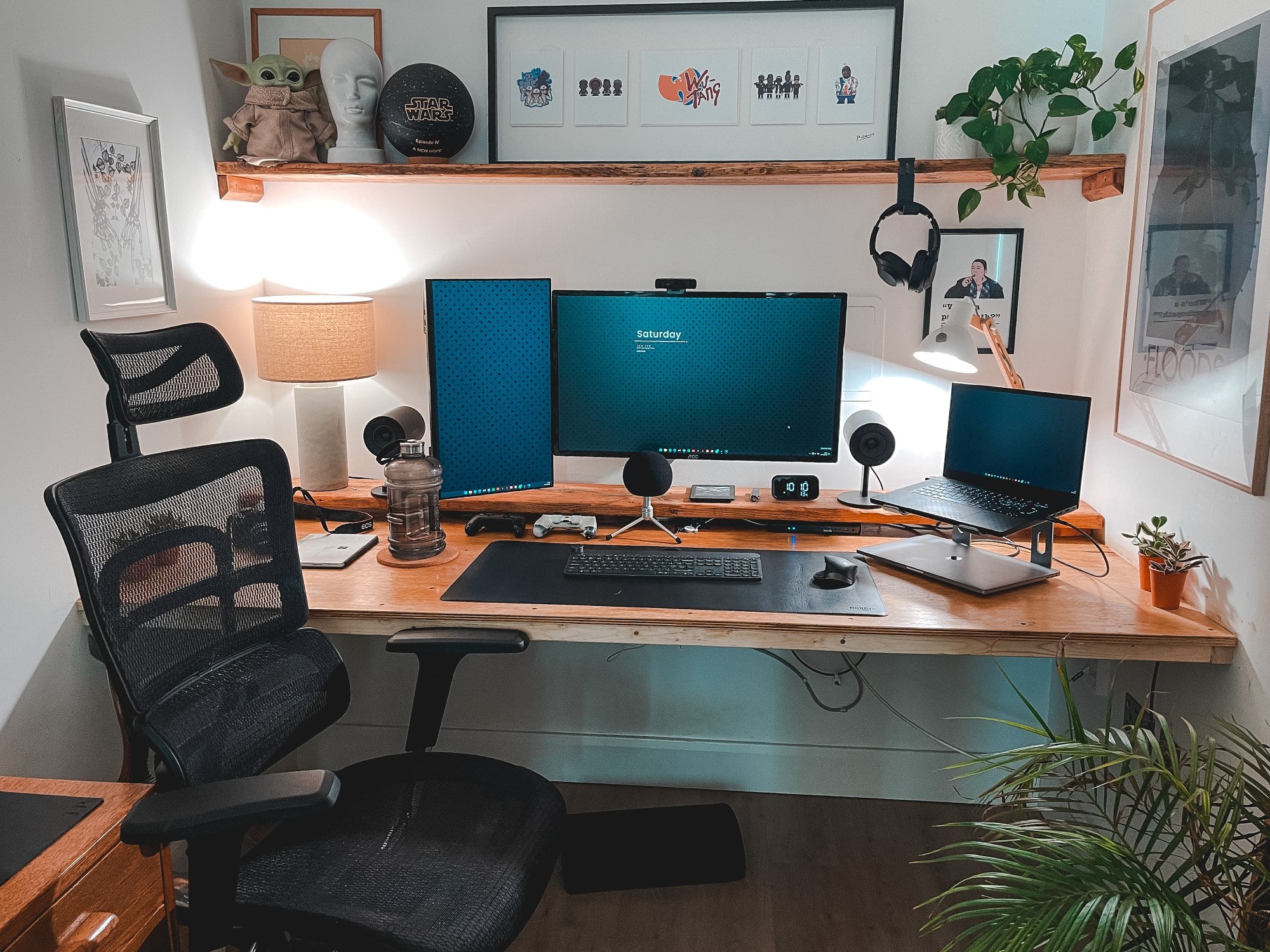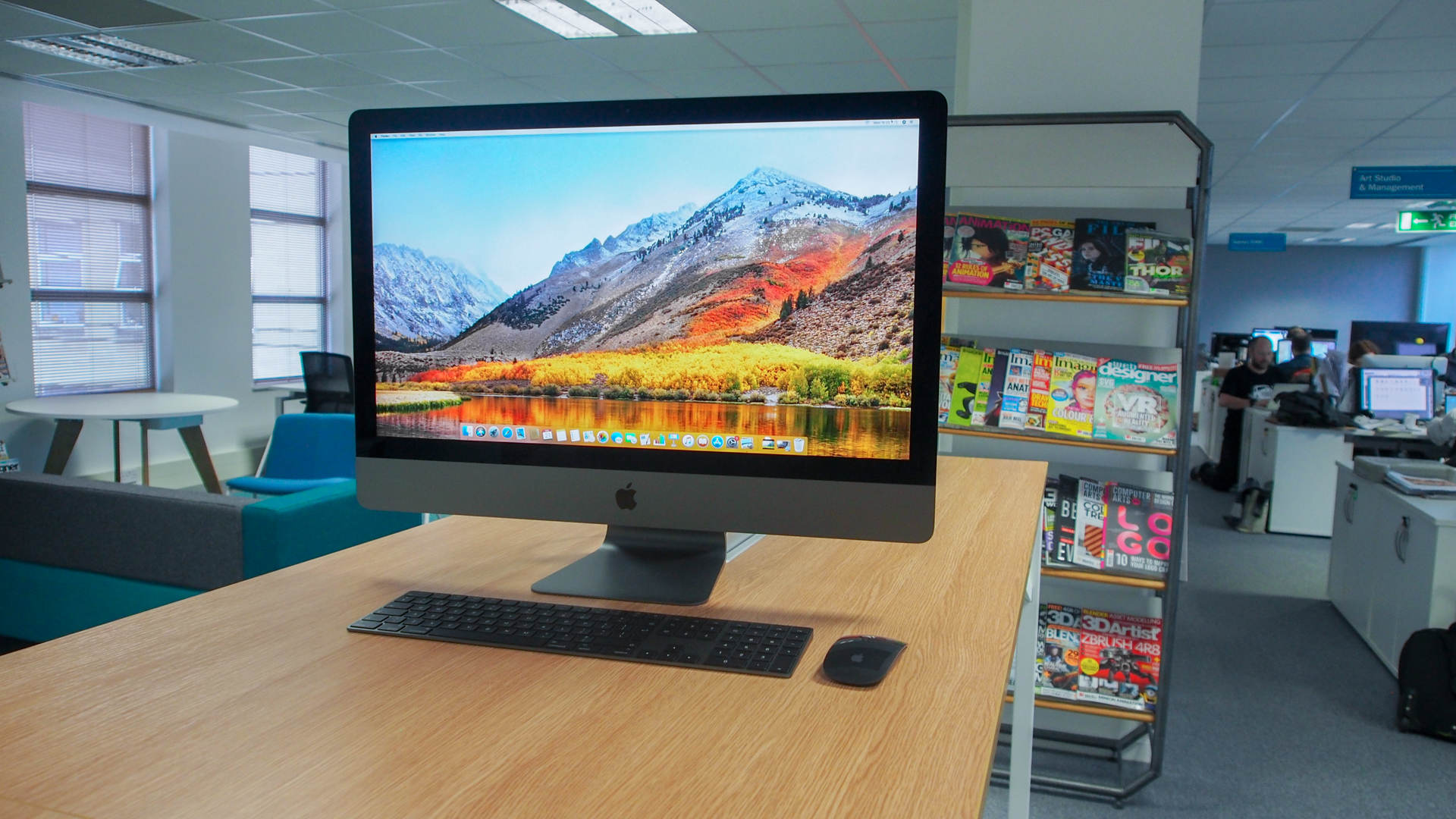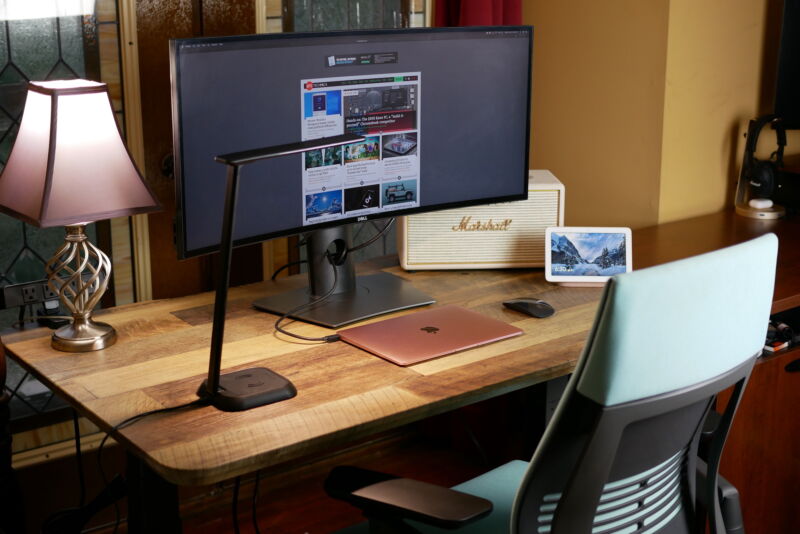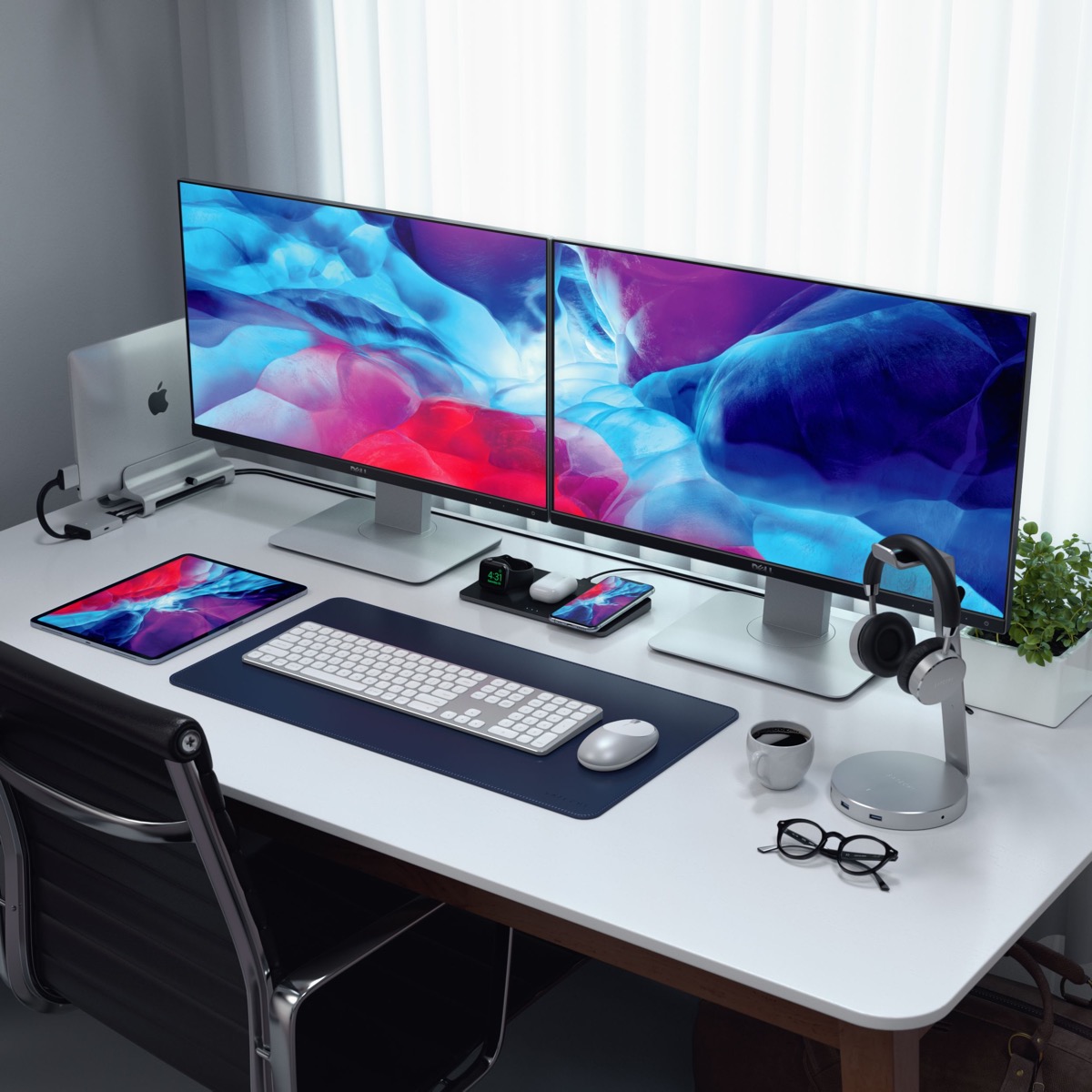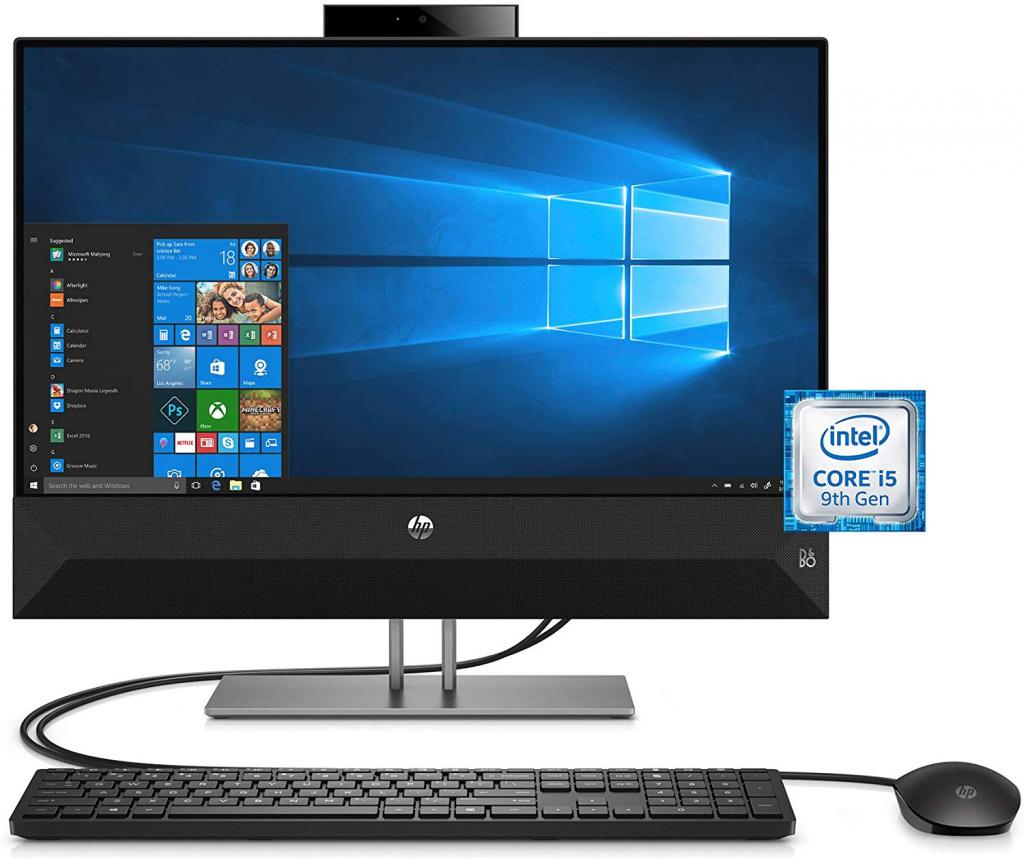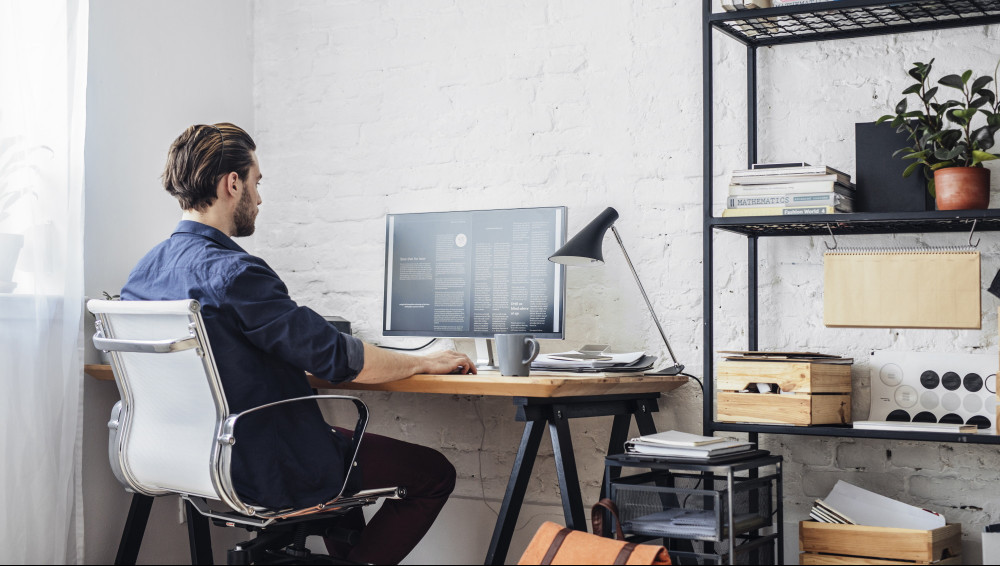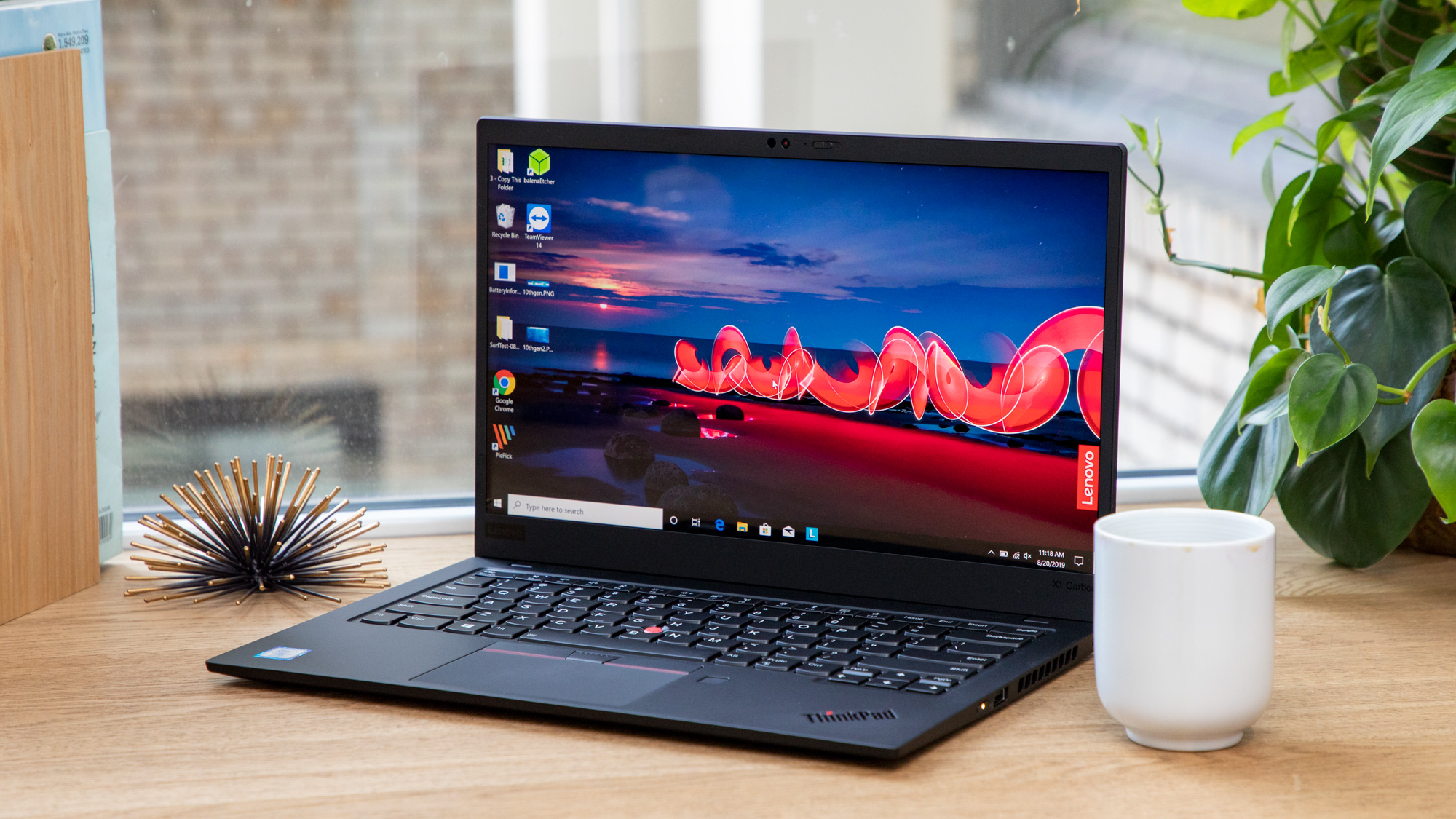Best Computers For Working At Home
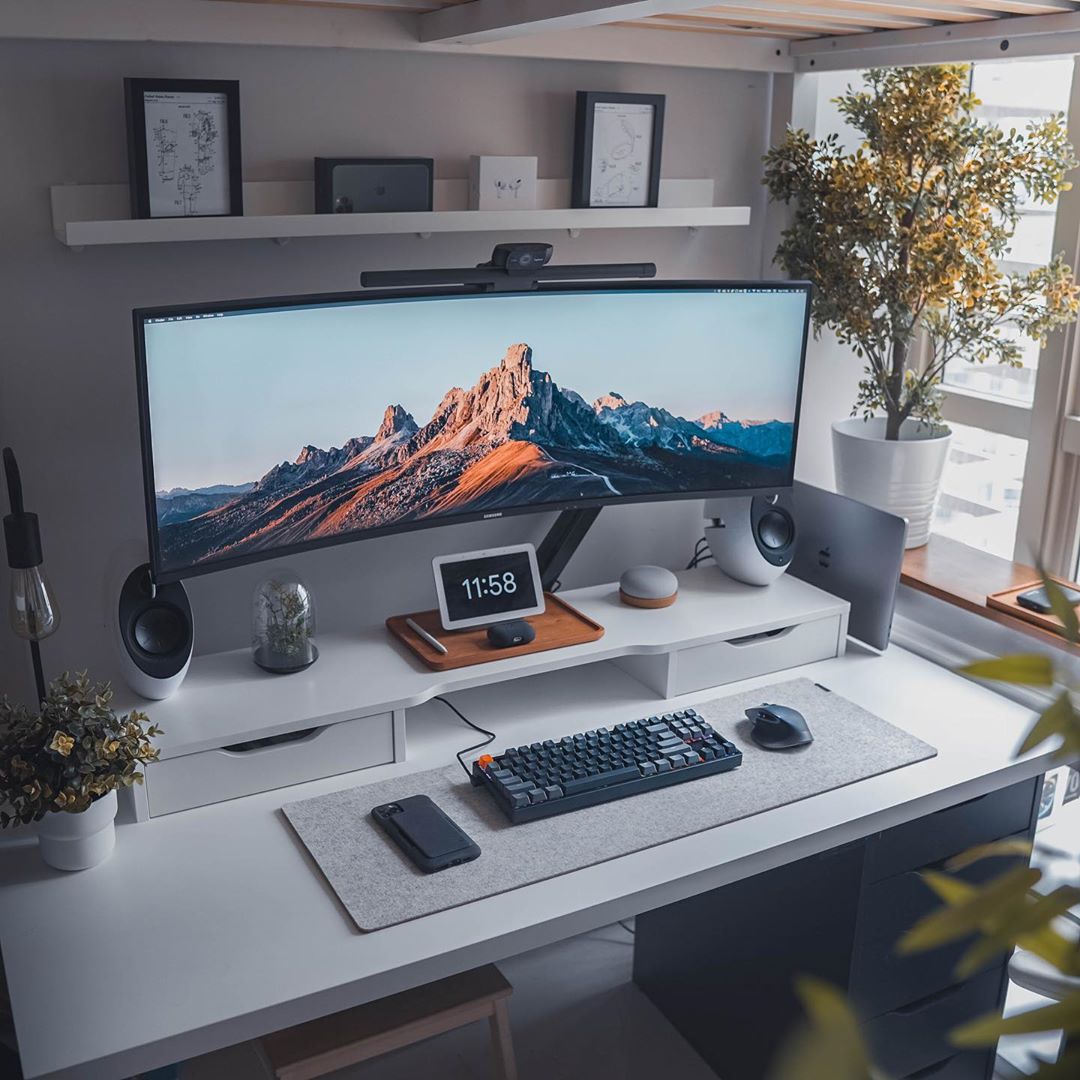
Working from home has become the new normal for many, demanding a reliable computer that can handle various tasks without breaking the bank. Finding the perfect balance between performance and affordability is key. This article aims to guide value-conscious shoppers through the best computer options available, ensuring a productive and cost-effective work-from-home experience.
Why Your Work-From-Home Computer Matters
A capable computer is the cornerstone of a successful work-from-home setup. It directly impacts your productivity, efficiency, and overall job satisfaction. Investing in the right machine can streamline your workflow, prevent frustrating technical issues, and ultimately save you time and money in the long run.
Shortlist of Top Computers for Working At Home
Here's a selection of computers tailored to different needs and budgets:
- Budget-Friendly Pick: Lenovo IdeaPad Flex 5 Chromebook (For basic tasks and cloud-based work)
- Mid-Range Powerhouse: Apple Mac Mini M2 (Excellent performance in a compact design)
- High-End Workstation: Dell XPS 15 (For demanding tasks like video editing and graphic design)
Detailed Reviews
Lenovo IdeaPad Flex 5 Chromebook
The Lenovo IdeaPad Flex 5 Chromebook is an excellent option for budget-conscious users who primarily work with cloud-based applications and web browsing. Its lightweight design and long battery life make it ideal for portability and flexibility. The Chrome OS operating system is simple to use and secure, minimizing the need for constant maintenance.
Apple Mac Mini M2
The Apple Mac Mini M2 offers a significant performance boost compared to its predecessor, making it a powerful yet compact desktop computer. Its efficient M2 chip delivers exceptional speed and responsiveness for a wide range of tasks. This is a great choice for users who need a reliable and powerful machine for creative work or software development.
Dell XPS 15
The Dell XPS 15 is a premium laptop designed for professionals who require top-tier performance. Its powerful processor, dedicated graphics card, and ample RAM can handle demanding tasks such as video editing, graphic design, and data analysis. The stunning display and comfortable keyboard make it a joy to use for extended periods.
Side-by-Side Specs and Performance
The table below provides a comparative overview of the key specifications and performance scores for each computer:
| Feature | Lenovo IdeaPad Flex 5 Chromebook | Apple Mac Mini M2 | Dell XPS 15 |
|---|---|---|---|
| Processor | Intel Celeron/Pentium | Apple M2 | Intel Core i7/i9 |
| RAM | 4GB/8GB | 8GB/16GB/24GB | 16GB/32GB/64GB |
| Storage | 64GB/128GB eMMC | 256GB/512GB/1TB/2TB SSD | 512GB/1TB/2TB SSD |
| Graphics | Integrated Intel UHD Graphics | Apple M2 Integrated GPU | NVIDIA GeForce RTX 3050/3050 Ti |
| Operating System | Chrome OS | macOS | Windows 11 |
| Geekbench 5 (Single-Core) | ~600 | ~1900 | ~1700 |
| Geekbench 5 (Multi-Core) | ~1800 | ~8900 | ~11000 |
| Battery Life (Approx.) | Up to 10 hours | N/A (Desktop) | Up to 8 hours |
| Price (Approx.) | $300 - $500 | $600 - $1200 | $1500 - $2500 |
Note: Performance scores are approximate and may vary depending on configuration and testing conditions.
Practical Considerations
Choosing the right computer involves more than just specs and price. Consider these practical factors to make the best decision for your needs.
Operating System
The operating system plays a crucial role in your workflow. Chrome OS is simple and cloud-focused. macOS offers a user-friendly interface and strong integration with Apple's ecosystem. Windows 11 provides the widest software compatibility and customization options.
Display Quality
A comfortable and clear display is essential for reducing eye strain during long work sessions. Look for features like anti-glare coatings and adjustable brightness settings. Higher resolution displays provide sharper images and more screen real estate.
Keyboard and Trackpad
A comfortable keyboard and responsive trackpad can significantly improve your typing speed and accuracy. Consider the key travel, spacing, and overall feel of the keyboard. A smooth and precise trackpad can reduce the need for an external mouse.
Ports and Connectivity
Ensure the computer has the necessary ports for connecting your peripherals, such as external monitors, printers, and storage devices. Consider the number and type of USB ports, as well as the presence of HDMI, Ethernet, and SD card slots. Reliable Wi-Fi connectivity is also crucial for a stable internet connection.
Summary
Selecting the best computer for working from home requires careful consideration of your individual needs and budget. The Lenovo IdeaPad Flex 5 Chromebook is a great budget-friendly option for basic tasks, while the Apple Mac Mini M2 offers excellent performance in a compact package. For demanding workloads, the Dell XPS 15 provides the power and features you need to stay productive. Remember to consider the operating system, display quality, keyboard, and connectivity options to make an informed decision.
Before making a final decision, weigh all the factors discussed in this article. Taking the time to carefully assess your needs will ensure you invest in a computer that enhances your work-from-home experience for years to come.
Ready to Upgrade Your Work-From-Home Setup?
Click here to explore the latest deals on our recommended computers and start optimizing your productivity today!
Frequently Asked Questions (FAQ)
Q: What is the minimum RAM I need for working from home?
A: 8GB of RAM is generally recommended for smooth multitasking and running multiple applications simultaneously. For more demanding tasks, consider 16GB or more.
Q: Is a Chromebook suitable for professional work?
A: Chromebooks are suitable for tasks that can be performed within a web browser, such as document editing, email, and video conferencing. However, they may not be ideal for software that requires a specific operating system like Windows or macOS.
Q: Do I need a dedicated graphics card for working from home?
A: A dedicated graphics card is only necessary if you perform graphics-intensive tasks such as video editing, graphic design, or gaming. For general office work, integrated graphics are usually sufficient.
Q: What is the best type of storage for a work computer?
A: An SSD (Solid State Drive) is highly recommended for its speed and responsiveness. SSDs provide much faster boot times and application loading compared to traditional HDDs (Hard Disk Drives).
Q: How important is screen resolution for a work computer?
A: Higher screen resolution provides sharper images and more screen real estate, allowing you to view more content without scrolling. A resolution of 1920x1080 (Full HD) is generally considered the minimum for comfortable work, while higher resolutions like 2560x1440 (QHD) or 3840x2160 (4K) offer an even better viewing experience.
